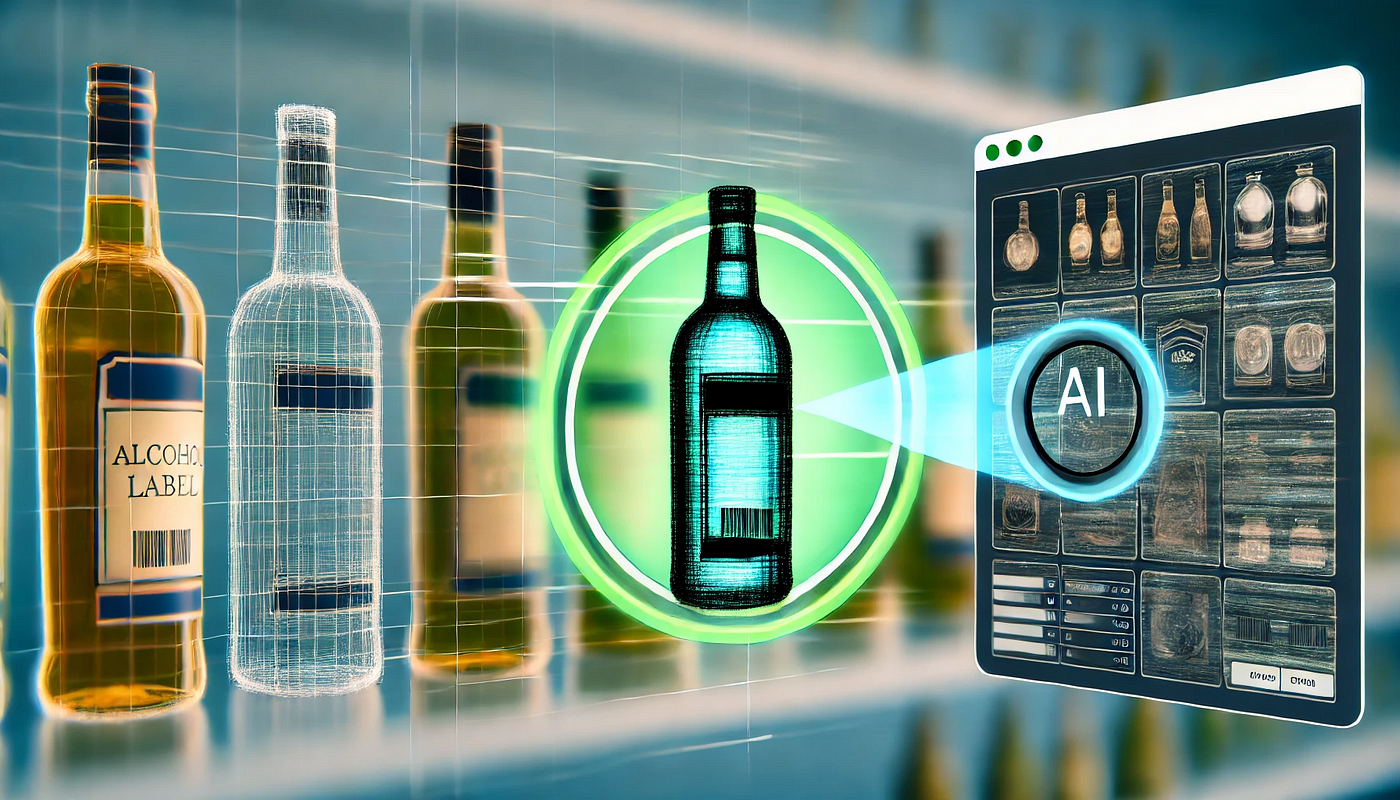AI Beverage Inventory: Ensuring Vintage and Fill-Level Accuracy for Hotel Bars
AI is revolutionizing hotel bar inventory, automating vintage recognition and fill-level monitoring for increased accuracy, cost savings, and enhanced guest experiences.


AI-Driven Beverage Inventory: Solving the Challenge of Vintage and Fill-Level Accuracy in Hotel Bars
In the competitive landscape of luxury hospitality, hotel bars serve as critical revenue centers and brand differentiators. However, managing beverage inventory—particularly high-value wines, spirits, and vintage bottles—has long been plagued by manual inefficiencies, inaccuracies, and costly discrepancies. Traditional methods of tracking fill levels and verifying vintages rely on labor-intensive processes prone to human error, leading to profit leakage, operational delays, and guest dissatisfaction. Enter AI-driven solutions: leveraging advanced computer vision and machine learning, modern systems are transforming inventory management by automating vintage recognition and fill-level monitoring with unprecedented precision. This technological evolution not only addresses long-standing industry pain points but also unlocks new opportunities for cost savings, operational agility, and enhanced guest experiences.
The Operational Challenges of Beverage Inventory in Hotel Bars
Hotel bars face unique inventory complexities due to their diverse offerings and premium clientele. Vintage accuracy is paramount for aged wines and spirits, where misidentification can result in significant financial loss or reputational damage. A 2025 study revealed that 23% of inventory discrepancies in luxury hotels stem from incorrect vintage labeling, often leading to overpouring, mispricing, or serving expired stock. Simultaneously, manual fill-level checks for partially consumed bottles are time-consuming and subjective. Staff typically estimate liquid volumes visually, a process with an error margin exceeding 15%. These inefficiencies compound in multi-venue properties, where inventory must be synchronized across rooftop bars, lounges, and minibars, often under tight operational timelines.
AI-Powered Vintage Recognition: From Bottle Skus to Provenance Verification
Modern AI systems address vintage identification challenges through convolutional neural networks (CNNs) trained on annotated datasets of bottle labels, shapes, and packaging details. For instance, Fari Lens, a leading solution in this space, deploys custom models that analyze high-resolution images of beverage bottles to detect subtle design variations indicative of specific vintages. By cross-referencing SKU databases and historical purchase records, the system automatically updates inventory logs, flagging mismatches between labeled vintages and expected profiles. This capability is particularly valuable for rare vintages, where even minor labeling discrepancies—such as variations in typography or capsule design—can signify counterfeits or mislabeled stock.
The integration of transfer learning further enhances model adaptability. Pre-trained on thousands of global wine and spirit labels, these systems require only minimal fine-tuning for hotel-specific inventories, reducing deployment costs by 25–35% compared to traditional methods. For example, a luxury resort chain reported a 90% reduction in vintage misidentification errors within six months of implementing AI-driven checks, recovering an estimated $120,000 annually in previously lost revenue.
Fill-Level Monitoring: Precision Beyond the Human Eye
Accurate fill-level measurement has traditionally relied on staff manually inspecting bottles—a process vulnerable to inconsistency, especially with opaque or unusually shaped containers. Vision AI systems overcome these limitations through a multi-stage analytical pipeline:
- Image Preprocessing: Captured images are converted to grayscale and enhanced using Gaussian blur to reduce noise, ensuring clarity for edge detection.
- Contour Analysis: Algorithms like Canny edge detection identify liquid surfaces, while histogram-based clustering distinguishes between glass and liquid boundaries.
- Volume Estimation: By correlating pixel coordinates with preloaded bottle dimensions, the system calculates remaining liquid volume with 99%+ accuracy, even for curved or angular decanters.
This automated process not only eliminates guesswork but also generates auditable records for dispute resolution. For instance, if a guest contests a minibar charge, staff can instantly retrieve timestamped images showing the bottle’s fill level before and after the stay.
Seamless Integration with Hospitality Ecosystems
The true power of AI-driven inventory systems lies in their ability to integrate with existing hotel infrastructure. Fari Lens, for example, connects directly to property management systems (PMS) like FCS and Opera, enabling real-time updates across departments. When a bartender logs a partial bottle via mobile app, the system automatically:
- Adjusts inventory counts in the PMS
- Triggers reorder alerts if stock falls below par levels
- Updates cost-of-goods-sold (COGS) metrics in financial dashboards
This interoperability extends to procurement workflows. By analyzing consumption patterns, AI models generate optimized purchase orders that account for seasonal demand, upcoming events, and supplier lead times—reducing excess stock by up to 30%.
Tangible Benefits for Hotels and Guests
The operational impact of AI-driven beverage management is measurable across multiple dimensions:
Cost Optimization: Automated variance reports identify shrinkage sources—overpouring, spillage, or theft—enabling targeted interventions. A Dubai-based hotel group reduced beverage costs by 18% within a year by correlating POS data with AI-identified discrepancies.
Labor Efficiency: Mobile apps like iBar and WISK.ai cut inventory auditing time by 80%, freeing staff for revenue-generating guest interactions.
Guest Experience: AI systems enable personalized service by tracking guest preferences. For example, if a repeat visitor frequently orders a specific vintage, the system ensures stock availability and even suggests complementary pairings.
Sustainability: Precise inventory tracking minimizes waste from expired or overstocked items, aligning with corporate ESG goals. A European hotel chain reported a 22% reduction in beverage waste post-AI implementation.
The Future of Beverage Management in Hospitality
As AI models evolve, emerging capabilities like 3D volumetric analysis and blockchain-based provenance tracking will further enhance accuracy and transparency. Hybrid systems combining vision AI with IoT sensors (e.g., smart caps with fluid sensors) promise real-time consumption tracking without manual scans. For forward-thinking hoteliers, investing in AI-driven inventory solutions is no longer optional—it’s a strategic imperative to maintain competitive advantage in an era where operational excellence and guest satisfaction are inextricably linked.
By embracing these technologies, luxury hotels can transform beverage management from a cost center into a value driver, ensuring every pour is precise, every vintage verified, and every guest experience impeccably curated.

